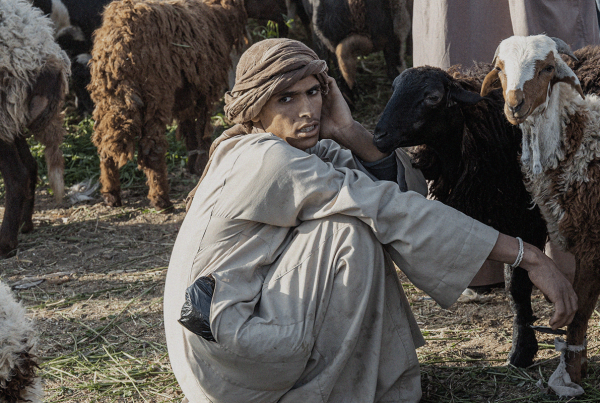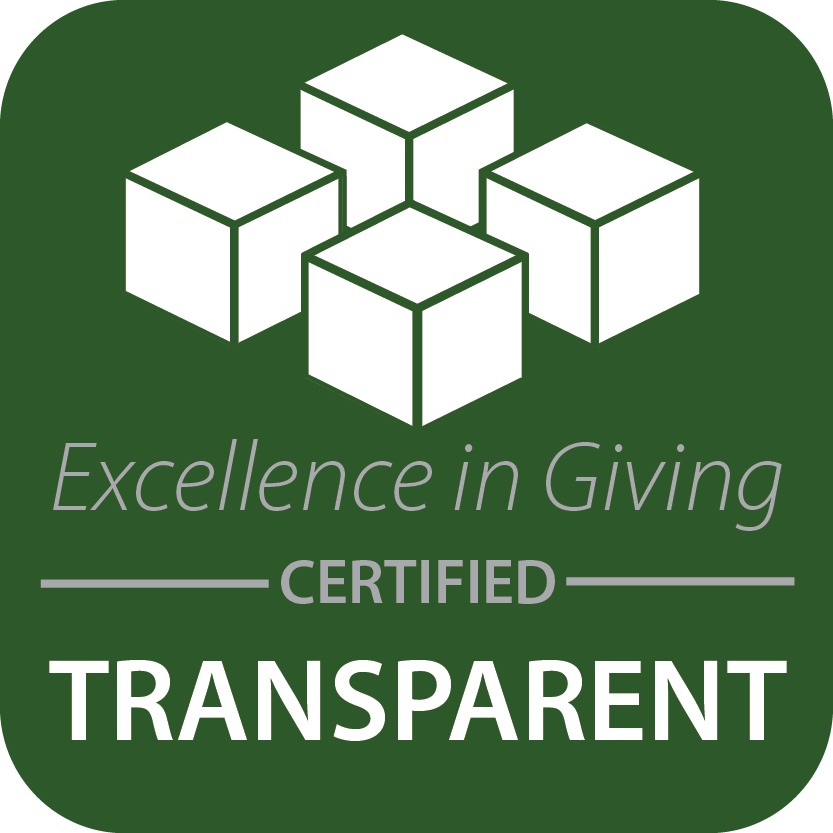Human trafficking, also referred to as modern-day slavery, is a general term that covers a wide range of illegal and unjust practices. But what’s the difference between something like human trafficking vs sex trafficking? Read on to learn the difference between types of human trafficking and the definition of key human trafficking terms.
What is human trafficking?
Human trafficking is a crime in which a person is forced or coerced to perform labor or to engage in commercial sex acts. The United Nations defines human trafficking this way: “Human Trafficking is the recruitment, transportation, transfer, harboring or receipt of people through force, fraud or deception, with the aim of exploiting them for profit.”
There are two major categories of human trafficking: sex trafficking and labor trafficking.
What is sex trafficking?
Sex trafficking is the type of human trafficking that has often had the most public awareness in the U.S. Polaris defines sex trafficking as “the crime of using force, fraud or coercion to induce another individual to sell sex.”
If a victim is under the age of 18, any act of commercial sex is considered to be human trafficking, regardless of the use of force, fraud, or coercion. Contrary to popular belief, trafficking is not always perpetrated by a stranger. In fact, most often (especially in the case of children), individuals are trafficked by someone they know. This could include family or romantic partners.
People trafficked into sex work are forced to work in escort services, pornography, illicit massage parlors, brothels, and solicitation. Sex trafficking can also include online exploitation and forced marriage.
Do escort services involve human trafficking?
An escort service is a business where a person is paid to spend time with another person. They may accompany the client to dinner, entertainment venues, business affairs, or simply spend time talking to them.
While escort services are legal in the United States with the proper licensing, escorts are prohibited from offering sexual services, which distinguishes this kind of work from prostitution. Illegal escort services, however, are often used as a front for offering sexual services. There is often ambiguity between legal and illegal escort services and where the line is drawn. Traffickers and pimps take advantage of that gray area.
If individuals working as escorts are doing so under any kind of fraud, force, or coercion, then it is human trafficking. If they are being coerced into offering sexual services, then it is sex trafficking, specifically.
Does pornography use human trafficking?
Pornography is depictions of sexual behavior in books, pictures, statues, films, and other media that are intended to cause sexual excitement. The widespread use of the internet has made pornographic material easier to create, distribute, and access than at any other time in human history.
Pornography is connected to human trafficking through the high number of pornography producers who coerce individuals into “performing,” then profiting from that abuse. Websites that distribute pornography are notoriously poorly regulated, resulting in exploitive material being offered alongside consensual content. For the average viewer, it is impossible to tell the difference between the two.
It is estimated that 40 million people visit pornography sites annually in the U.S. alone. Because pornography is so widely consumed, and because it can be produced most cheaply by coercing and underpaying actors, the demand fuels and perpetuates human trafficking. This connection has been explored in depth by organizations like Exodus Cry and Fight The New Drug.
What are illicit massage businesses?
An illicit massage business is a business front such as a spa, massage parlor, or salon used to cover up illegal criminal activity like human trafficking or money laundering.
These businesses most often exploit foreign victims of human trafficking who are brought to another country under the pretense of legitimate employment and end up in forced sexual labor. Some signs that a massage parlor or spa is a trafficking front include unusual security (such as needing to be buzzed in at the door), practitioners who speak little English or are not allowed to handle cash, and a refusal to serve women.
What are brothels?
A brothel is a house where people can pay to engage in sexual activity with individuals working as prostitutes. The individuals may be working there through consent, coercion, or a complex combination of both factors.
The state of Nevada is the only state in the U.S. where brothels are legally allowed to operate. Prostitution is legal in 10 of Nevada’s counties. This may be a contributing factor to the higher-than-average percentage of sex trafficking cases in the state (UNLV).
Internationally, laws regulating brothels and prostitution vary by country. It is legal with significant regulations across much of Europe, in an attempt to offer protection to individuals who work in prostitution. Brothels are also legal in several other large countries like Brazil, India, and Mexico — but only if the sexual services are being offered consensually, by individuals over the age of 18. Any time someone is working in a brothel against their will, or if they are under 18, then it is automatically considered to be sex trafficking. Much of The Exodus Road’s work focuses on investigating cases of women and minors being forced or coerced to work as prostitutes in brothels.
Donate to help our operatives investigate women and girls being forced into sex work.
What is forced marriage?
Forced marriage is a marriage that takes place without the consent of one or both spouses. In many instances, forced marriage takes the form of child marriage, where at least one of the parties is underage.
Forced marriage often occurs through the means of physical or emotional abuse, threats, or deception to force a person to marry without consent. Forced marriage is a human rights violation that disproportionately affects women and girls globally. Despite efforts made by the United Nations to reduce the incidence of forced marriage through education and greater public awareness, global rates of forced marriage remain high, especially in areas of sub-Saharan Africa and south Asia. The United States is not immune — forced and child marriage still occurs, especially in rural or indigenous communities.
But is forced marriage one of the types of human trafficking? The UN identifies forced marriage as slavery due to the lack of consent and the coercion that usually accompanies it. If an individual being forced into a marriage is underage (a milestone usually set at 15-18 years old, depending on the country), although it is labeled as forced marriage, it could still also be considered to be sex trafficking. This correlation is often drawn due to the fact that the experience of individuals in forced marriages and in human trafficking situations are often very similar, down to the fact that there may be a bride price paid to obtain an underage girl as a wife.
What is cybersex trafficking?
Cybersex trafficking is a crime in which someone is forced to perform sexual acts. Those acts are either live-streamed or recorded in photo or video form and made available on the internet for paying customers around the world. This type of trafficking is dramatically on the rise, especially throughout the COVID-19 pandemic.
The Exodus Road’s field operatives have seen a rise in the number of human trafficking cases involving online recruitment and advertising, such as this case of a 17-year-old boy. The crime is particularly rampant in the Philippines, where The Exodus Road is beginning Search + Rescue operations to bring freedom to those being exploited both on and offline.
What is online exploitation of children?
Online exploitation of children (OSEC) is sexual abuse of children who are forced to perform sexual acts which are recorded and streamed on the internet.
OSEC applies to anyone under the age of 18. Statistically, children are being sexually exploited at younger ages than ever. A 2018 report by the Internet Watch Foundation revealed that 98% of victims are 13 or under.
While this is a growing global problem, law enforcement, social services, and families are struggling to stay ahead of the issue. Advances in technology and the ever-evolving capabilities of mobile devices make the distribution of online child sexual abuse difficult to pin down and prosecute. But our operatives in Latin America are actively working to investigate and fight OSEC.
What is labor trafficking?
Labor trafficking is another type of human trafficking. According to Polaris, “Labor trafficking is the crime of using force, fraud or coercion to induce another individual to work or provide service.”
Labor trafficking can take the form of debt bondage, forced labor, and child labor. This crime frequently occurs in industries like agriculture, domestic work, restaurants, cleaning services, and carnivals.
What is debt bondage?
Debt bondage, also known as bonded labor, occurs when a person is forced to work in order to pay off a debt. That debt usually is supposed recruitment or travel fees. Usually, the “employer” makes it impossible for a victim to actually pay off that debt by charging additional exorbitant fees for things like lodging. Those fees add up faster than they can be paid off.
Individuals trapped in debt bondage often work in brutal conditions with extremely low pay. Many times, the debt is passed from generation to generation. Both labor traffickers and sex traffickers use this controlling tactic. Foreign and migrant workers are some of the populations most vulnerable to debt bondage; employers often confiscate their legal immigration documents in order to keep them enslaved.
Do sweatshops use labor trafficking?
A sweatshop is a business, usually a factory or workshop, where the employees work for long hours under poor or oppressive conditions while earning very little.
In the U.S., the Department of Labor classifies a sweatshop as a factory that violates two or more labor laws. Although that criteria does not mean that all sweatshops use labor trafficking, there is overlap. Many times, the same labor law violations that make a workplace a sweatshop also qualify as labor trafficking. For example, if someone is not being paid for the work that they are performing in a factory while being held in that factory around the clock against their will, that would both break labor laws and qualify as fraud, force, and coercion.
Even with the labor laws in the U.S., sweatshops are an ongoing issue. Many other countries around the world do not have the same standard for labor laws, making it even easier for sweatshops to flourish.
Eighty-five to 90 percent of sweatshop workers are women (NELP). Garments, cotton, bricks, cocoa, and coffee are the products most frequently produced by sweatshops around the world.
Is child labor human trafficking?
Child labor refers to work done by someone between the ages of 5 and 17 that prevents them from attending school or is harmful to their physical or mental development. If the child is being forced or coerced into doing that work in any way for the profit of someone else, then it qualifies as human trafficking — specifically, child labor trafficking.
This kind of work is often illegal or hazardous, exploiting the vulnerability of children. Industries that most frequently utilize child labor include agriculture, manufacturing, mining or quarrying, domestic service, hotel, restaurants, and online child sexual abuse material.
Take the next step on your journey of learning about the different types of human trafficking and the settings in which it occurs with the free TraffickWatch Academy course. In just an hour, you’ll be certified in human trafficking awareness and prevention — and better armed to be part of the fight for freedom.






